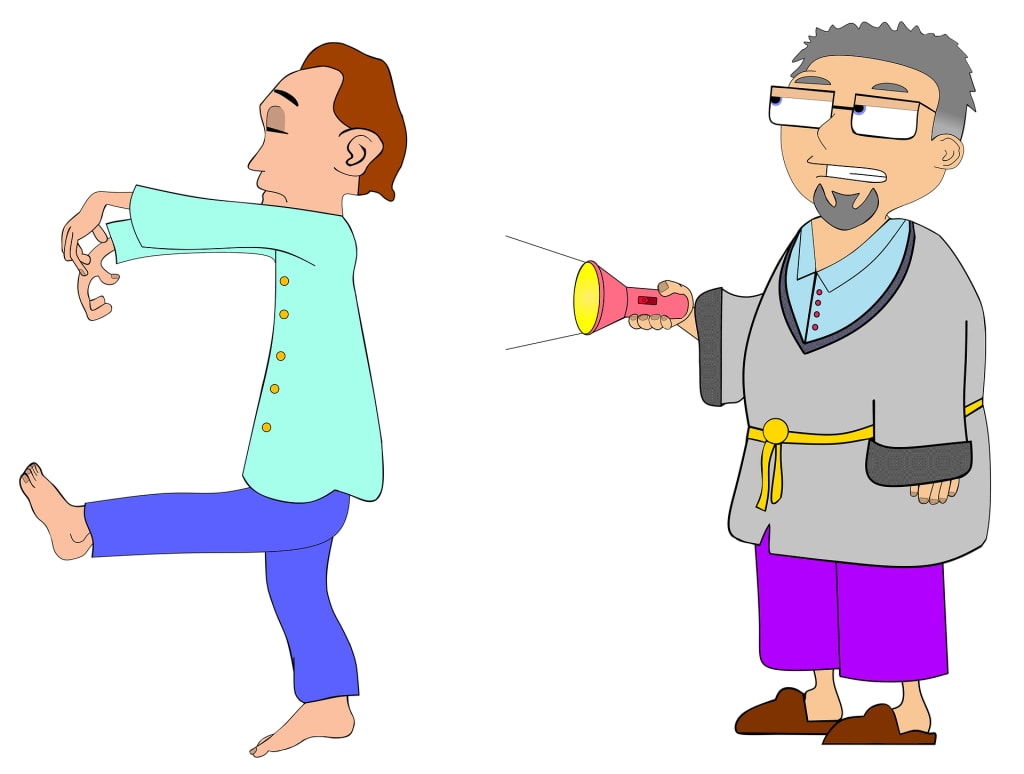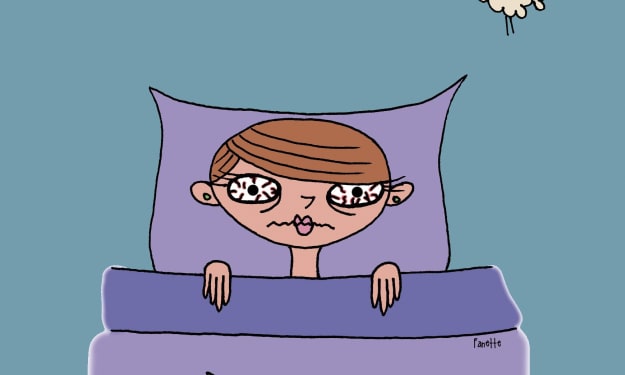What really happens when we sleepwalk
Sleepwalking

Uttering fantastical nonsense, chowing down on cheese in the bare, peeing outside of toilets, and jumping out of windows. All of these actions have reportedly been committed by individuals while sleepwalking, which is typically harmless but occasionally dangerous. 18% of people, on average, are thought to have experienced sleepwalking at least once. We must first recognize how many of our daily activities do not call for our full active attention if we are to understand what sleepwalking actually is. Your prefrontal cortex serves as the brain's central processing unit for conscious, deliberate decision-making.
The complex coordination of sensory inputs and muscles that happens after you decide to get up and walk may be controlled by your prefrontal cortex, but it doesn't need to be paid any attention to. Instead, it is primarily carried out by a network of specialized nerve cells that run along the lower part of the brain and spinal cord. These cells are sometimes referred to as "central pattern generators.". These regions are in charge of automatic movements and fundamental survival-related actions. People who have a REM sleep behavior disorder might act out their dreams while they're asleep, usually with their eyes closed. This is a distinct condition, though. Sleepwalking results from the deepest non-REM sleep stage, also known as "slow-wave sleep," which is a very different stage of sleep. The cortex, including the prefrontal cortex, is essentially turned off in this state.
When someone is awakened from this stage, they frequently first appear groggy before either falling asleep again or waking up. However, they are currently in a stage that lies somewhere between sleep and wakefulness. In essence, a sleepwalking episode is a severe, protracted version of this. Prefrontal cortex inactivity during sleepwalking prevents the person from exercising executive, deliberate control over their behavior. Their brains are nevertheless using other areas. And as we all know, the body can perform a lot of tasks without using the prefrontal cortex. Although their speech is frequently nonsense, sleepwalkers can avoid obstacles and move around.
The majority of sleepwalkers are capable of performing simple tasks while they are calm, emotionless, and dreamless. Rarely do sleepwalkers engage in more difficult activities like driving and cooking. A physical urge to eat or engage in sexual activity will occasionally lead them. Additionally, some episodes involve the brain's fight-or-flight mechanism, during which the affected person might suddenly sense an impending danger and scream, cry, or even jolt out of bed and flee. These incidents, also known as "sleep terrors," are more frequent in young children and typically arise naturally. Children are more likely to experience sleepwalking than adults, possibly because the parts of their brains that regulate waking up from sleep are still growing.
However, it is still unknown what causes sleepwalking specifically. While some cases are more mysterious, many seem to be familial in nature. Partial awakening is thought to be more likely as a result of anything that could trigger it. This includes things that either encourage deeper slow-wave sleep, such as sedatives, warm sleeping environments, and operating on little to no sleep, or things that disturb sleep, such as stress and other sleep disorders, like sleep apnea and restless leg syndrome. The majority of the time, doctors will assess these variables and recommend routines that improve sleep quality, such as regular exercise, stress reduction, and adequate sleep schedules. They frequently advise safety precautions like locking windows, hiding dangerous objects, and installing door alarms. They'll think about taking particular medications if this doesn't work. But since many of the treatments for sleepwalking are still being developed, it is unclear how they function and how effective they are.
A common misconception is that rousing a sleepwalker will harm them irreparably, so what should you do if you come across one? This is not true, thankfully. In contrast, attempting to wake them up forcibly can be upsetting and confusing. The best course of action seems to be to gently lead them back to bed; if they refuse, just make sure they are safe until the episode is over.
About the Creator
Enjoyed the story? Support the Creator.
Subscribe for free to receive all their stories in your feed. You could also pledge your support or give them a one-off tip, letting them know you appreciate their work.






Comments
There are no comments for this story
Be the first to respond and start the conversation.